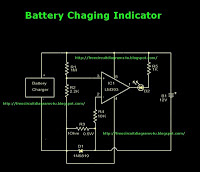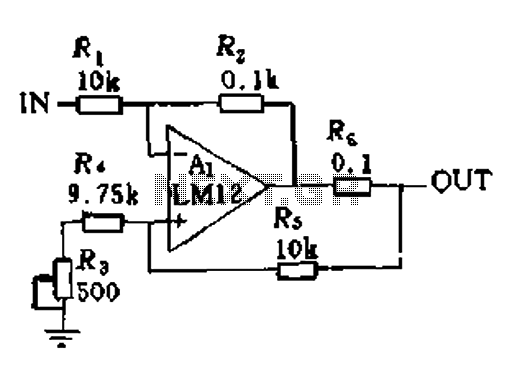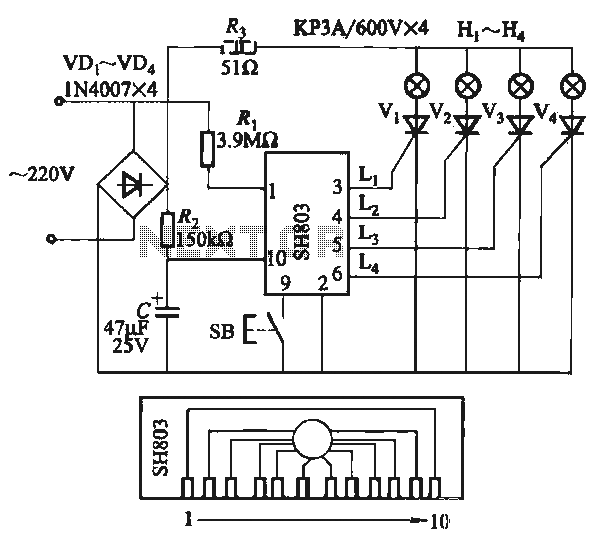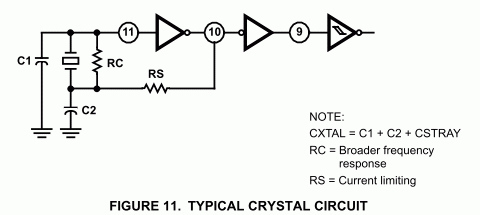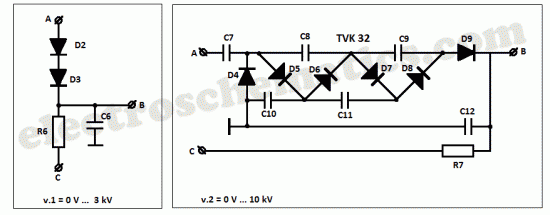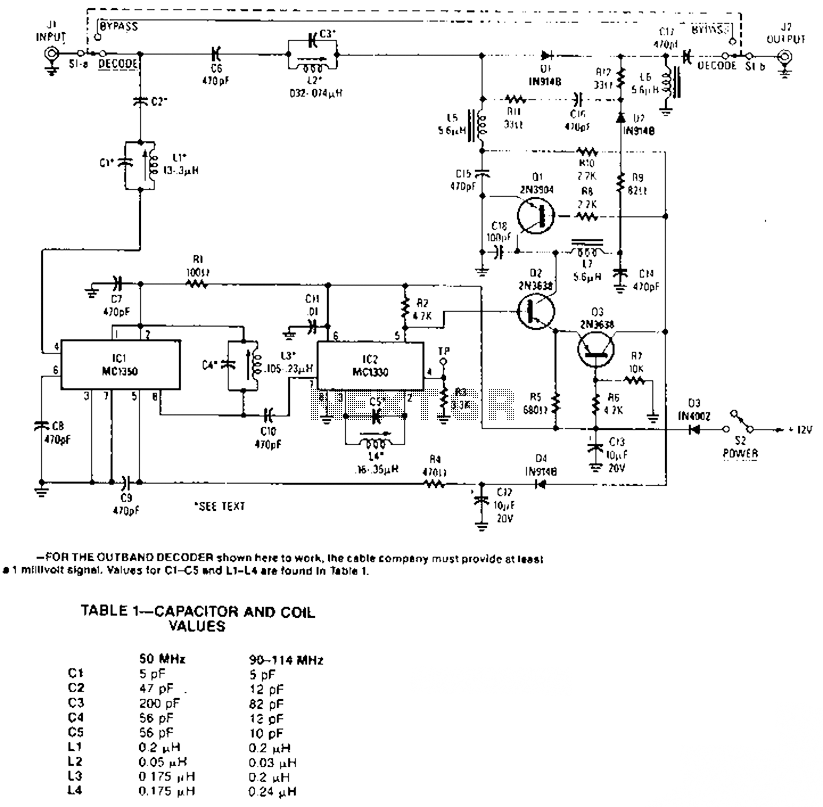
Automatic Battery Charger Circuit
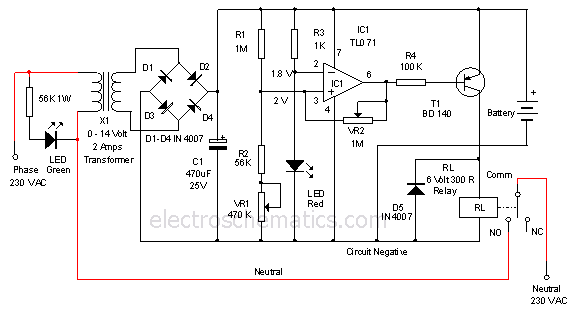
This is a 12-volt lead-acid automatic battery charger that stops the charging process once the battery reaches a full charge. This feature prevents overcharging.
The 12-volt lead-acid automatic battery charger is designed to efficiently charge lead-acid batteries while ensuring safety and longevity. The circuit typically includes several key components: a transformer, a rectifier, a voltage regulator, and a microcontroller or comparator circuit that monitors the battery voltage.
The transformer steps down the AC mains voltage to a suitable level for charging the battery. The output from the transformer is then fed into a rectifier, which converts the AC voltage to DC voltage suitable for charging the battery. A common rectifier configuration is a bridge rectifier, which provides full-wave rectification, ensuring that the battery receives a consistent charging current.
Once rectified, the DC voltage is passed through a voltage regulator, which stabilizes the voltage output to the required charging level for the lead-acid battery. This is crucial as lead-acid batteries require a specific charging voltage to avoid damage. The voltage regulator also helps to maintain a constant output voltage as the battery charges and its internal resistance changes.
The microcontroller or comparator circuit plays a pivotal role in monitoring the battery voltage throughout the charging process. It continuously checks the voltage level of the battery and determines when the battery is fully charged, usually indicated by a specific voltage threshold (typically around 13.8 to 14.4 volts for a 12-volt lead-acid battery). Once this threshold is reached, the microcontroller or comparator sends a signal to the charging circuit to cut off the charging current, thereby preventing overcharging, which can lead to battery damage or reduced lifespan.
Additional features may include LED indicators to provide visual feedback on the charging status, as well as protection circuits to guard against short circuits, reverse polarity, and overheating. The design may also incorporate a float charging mode, which maintains the battery at full charge without overcharging, ensuring that the battery remains ready for use at all times.
In summary, the automatic battery charger is a crucial device for maintaining lead-acid batteries, offering a reliable and efficient charging solution while safeguarding against the risks associated with overcharging.Here is a 12 volt lead acid automatic battery charger that shut off the charging process once the battery attains full charge. This prevents overcharging o.. 🔗 External reference
The 12-volt lead-acid automatic battery charger is designed to efficiently charge lead-acid batteries while ensuring safety and longevity. The circuit typically includes several key components: a transformer, a rectifier, a voltage regulator, and a microcontroller or comparator circuit that monitors the battery voltage.
The transformer steps down the AC mains voltage to a suitable level for charging the battery. The output from the transformer is then fed into a rectifier, which converts the AC voltage to DC voltage suitable for charging the battery. A common rectifier configuration is a bridge rectifier, which provides full-wave rectification, ensuring that the battery receives a consistent charging current.
Once rectified, the DC voltage is passed through a voltage regulator, which stabilizes the voltage output to the required charging level for the lead-acid battery. This is crucial as lead-acid batteries require a specific charging voltage to avoid damage. The voltage regulator also helps to maintain a constant output voltage as the battery charges and its internal resistance changes.
The microcontroller or comparator circuit plays a pivotal role in monitoring the battery voltage throughout the charging process. It continuously checks the voltage level of the battery and determines when the battery is fully charged, usually indicated by a specific voltage threshold (typically around 13.8 to 14.4 volts for a 12-volt lead-acid battery). Once this threshold is reached, the microcontroller or comparator sends a signal to the charging circuit to cut off the charging current, thereby preventing overcharging, which can lead to battery damage or reduced lifespan.
Additional features may include LED indicators to provide visual feedback on the charging status, as well as protection circuits to guard against short circuits, reverse polarity, and overheating. The design may also incorporate a float charging mode, which maintains the battery at full charge without overcharging, ensuring that the battery remains ready for use at all times.
In summary, the automatic battery charger is a crucial device for maintaining lead-acid batteries, offering a reliable and efficient charging solution while safeguarding against the risks associated with overcharging.Here is a 12 volt lead acid automatic battery charger that shut off the charging process once the battery attains full charge. This prevents overcharging o.. 🔗 External reference
Warning: include(partials/cookie-banner.php): Failed to open stream: Permission denied in /var/www/html/nextgr/view-circuit.php on line 713
Warning: include(): Failed opening 'partials/cookie-banner.php' for inclusion (include_path='.:/usr/share/php') in /var/www/html/nextgr/view-circuit.php on line 713
